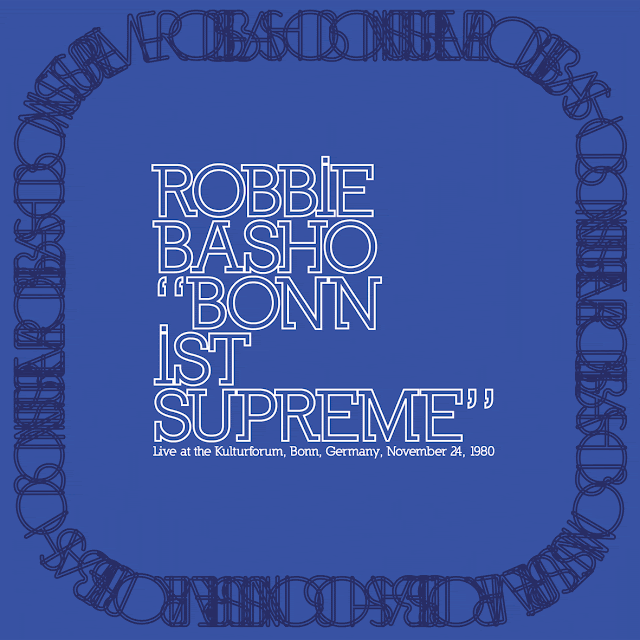
Big, big record. A Chinese-American violinist, Forrest Fang released this and a slew of other records on his own label, Ominous Thud. The Wolf At The Ruins was out of print for twenty years until it was recently remastered by Robert Rich and rereleased on Projekt Records.
I hesitate to call this an ambient record, as it’s dense and busy. Fang calls it a turning point in his sound, through which he began combining sonic palettes and recording methods in novel ways. Between traditional Chinese music, Balinese gamelan, synthetic textures, violin, zheng, yangqin (Chinese hammered dulcimer), bells, Terry Riley-esque tape delay techniques, and polyrhythms, there’s a lot going on here. Cosmic, ambitious, and occasionally gridlike à la Steve Reich, this reaches some incredible highs but arguably does not make for passive listening. Don’t sleep on this one.
The reissue includes two bonus tracks which are very, very good and which I’m not including here in hopes that you’ll buy the album directly from Projekt. Worth it.







